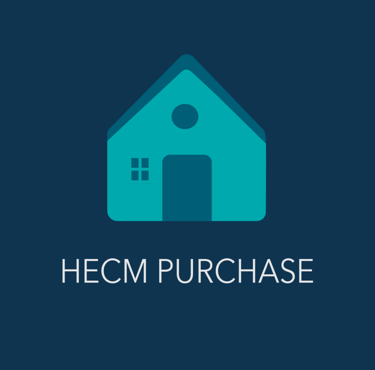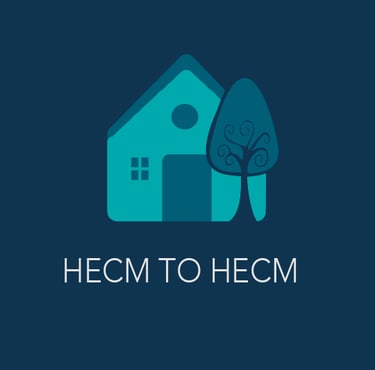
Reverse Mortgages are a powerful alternative to traditional home loans.




For years, many homeowners were unaware of the full potential these programs offer. Today, over One Point Two Million Americans have used a reverse mortgage to unlock home equity—helping their children, securing their retirement, and staying in the homes they love.
You’ve worked hard to build your home—now let your home work for you.
Let us guide you through how reverse mortgages work and help you discover if it's the right fit for your goals.
Find the Right Product for You



We Love Phone Calls ... ring us!

Brian Bailey, CRMP
Certified Reverse Mortgage Professional
Founder of Reverse Financial
Member National Reverse Mortgage Lenders Association
Welcome to Reverse Financial. I’m Brian, the heart behind this platform. I created this site to help seniors better understand their options with reverse mortgages and make confident, informed decisions. Raised by my loving grandparents, I learned the importance of listening, compassion, and giving. This work is my way of honoring them—by helping others enjoy comfort, security, and peace of mind in retirement.
My team and I are all about real communications so go ahead call us!, we are real human in the phone and we want to know about you.
NMLS: LO 325344 | CORP 1921615
License: LO 0916110 | CORP BK-1051631


Listen to the latest radio show where our expert Senior Loan Officer talks about this topic and what you could do to access to this incredible product.
Reverse Mortgage thoughts & discussion
Your New Story Awaits































